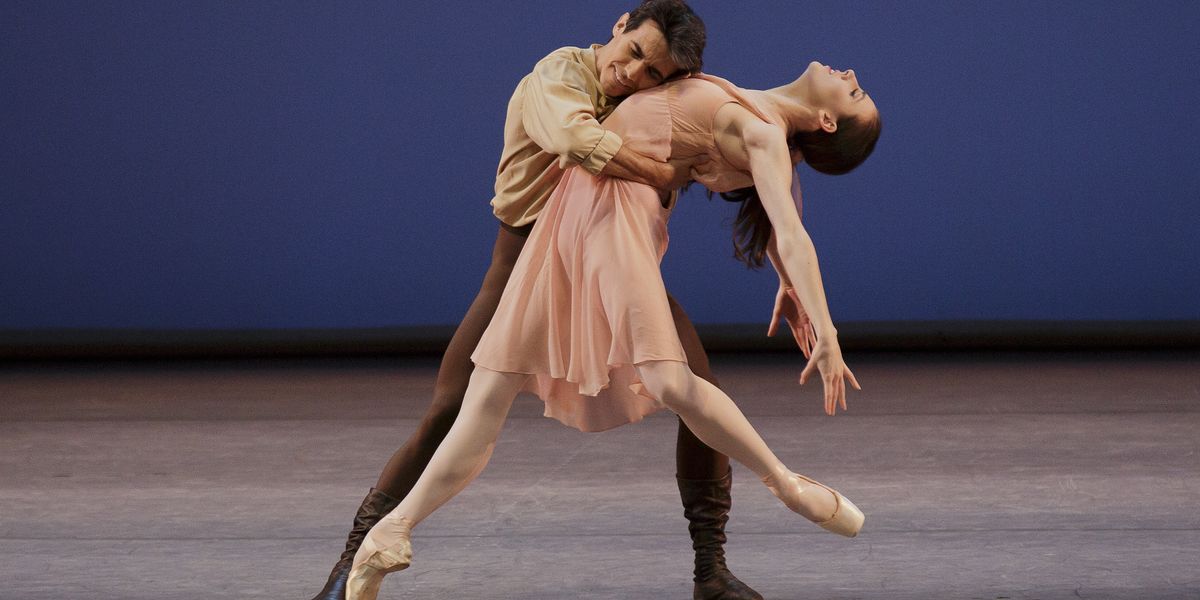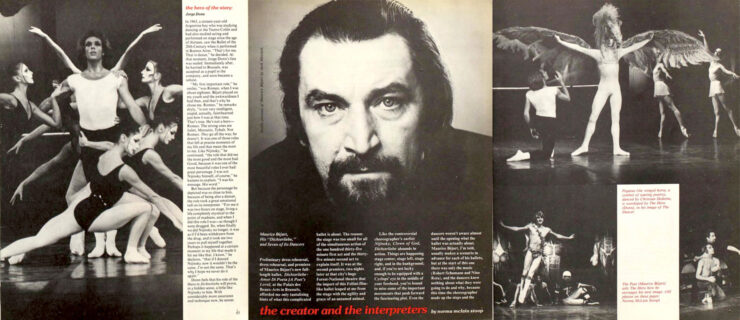Today's Most Musical Dancers Share Their Secrets
All dancers work hard to hone technical skills and master thrilling moves. Musical dancers, however, offer something more. Their daring play with rhythm and their completely present reactions to the score make for bold performances that are mesmerizing to watch.
But how can performers learn to let music drive the dance? We asked some of today’s most musical dancers how they do it.
Study the Score
Even if you can’t read a musical score, study the melodies and harmonies, measures and notes. Houston Ballet principal Karina González says that “actively listening” helps her to understand the piece’s mood and tenor, particularly if it’s a contemporary score with a complicated rhythm. “I constantly listen to the music—driving to work, working out, during a 5-minute break or right before rehearsal while going over the choreography in my head,” she says. “Then, when I am dancing I know the music so well that I do not have to think about it. It’s in my bones.”
When in Doubt, Count Every Note
“Although Balanchine is about as musical as it gets, his black and white ballets invariably demand counting,” says Pacific Northwest Ballet principal Noelani Pantastico. “I have no choice but to count because the Stravinsky challenges my ears. I have to listen religiously and constantly go over the counting so I can be comfortable enough to dance freely.”
Know the Steps Inside and Out
If you want to play with timing, the movement has to first become ingrained in your muscle memory. “When you become so familiar with the choreography that you get ignited onstage, you can hold a move longer, or make it faster elsewhere, then you can play with the music,” says Alvin Ailey American Dance Theater’s Rachael McLaren.
Think of the Score as a Partner
Musicality is a kind of pas de deux, or game-playing, that helps to create the mood of the piece. Challenge yourself to find the space between the notes. McLaren points to Ailey icon Judith Jamison: “She knew how to use the back of the beat, with her groundedness, and depth, like in Cry. It makes for an incredible theatrical experience when the dancer experiments that way.”
Stay Present
Musical dancers respond to what they’re hearing moment to moment. Of course, this is easiest when you have live music. “Because the tempi can drift from night to night, you are obliged to listen even more attentively,” says Lucien Postlewaite, who is rejoining Pacific Northwest Ballet from Les Ballets de Monte-Carlo this fall. Regardless, staying aware of the music can focus your mind onstage, and keep your dancing connected to what’s happening in the moment.
Ask About the Choreographer’s Approach
Understanding the choreographer’s intent will inform how you play with timing. For example, New York City Ballet principal Tiler Peck points out how Jerome Robbins “wanted the movement to look easy, almost marked,” she says, “and also for you to work both with and off the music.” But don’t be afraid to make your own mark. “Musicality is the play between adherence to structure and freedom in interpretation,” says National Ballet of Canada’s Skylar Campbell.
Learn an Instrument
Although you don’t need to be a musician to be musical, the more exposure you get to music, the more it will develop your ear. McLaren trained in classical piano. For Postlewaite, it was the violin; for Campbell, the drums instilled in him a strong sense of rhythm.
Let the Music Lead
Musicality also can help with technique. For Peck, a good pirouette or fouetté is the result of listening to the music, rather than calculating it. “Turning is much more musical than technical,” she says. “I do my best turns when the music carries me through, whether I’m going to do two, or four.”
Visualize It
Imagine wrapping your body in the music. Let it take over, and see how the notes move you. “By immersing myself within the music,” says Campbell, “I can find the subtleties in phrasing within the steps I’m given.”
Find a Way to Fall in Love
FLASH FOOTAGE: Like Kandinsky’s brushstrokes @Tilerpeck’s solo in Pictures at an Exhibition last night was full of… https://t.co/xIAmQw5X0u— New York City Ballet (@New York City Ballet)1494533101.0
“The hardest ballet for me to dance is one with music that I don’t like,” says Peck. “No matter how hard I try, the dance does not make sense.” Even if a score doesn’t immediately grab you, find your own way in—whatever helps you connect.




